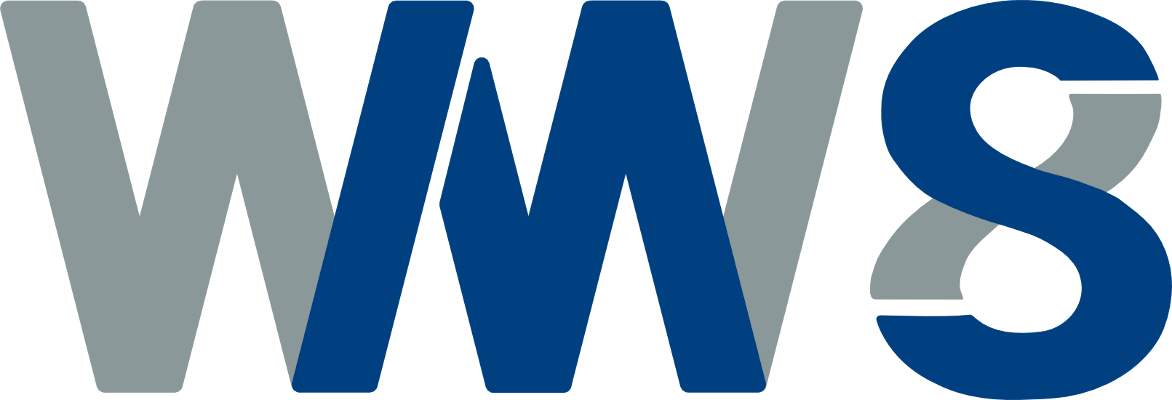Bond order potentials for elements and compound
Dr. Matous Mrovec
Institute of Applied Materials (IAM-ZBS)
Karlsruhe Institue of Technology KIT
Wednesday, 26. June 2013, 17.00
WW8, Room 2.018-2, Dr.-Mack-Str. 77, Fürth
A correct description of interatomic bonding is the main prerequisite for all atomistic calculations. Most materials can be studied using first principles calculations, e.g., with the density functional theory. However, these calculations are limited to rather small and idealized model systems. For studies of mechanical processes, which are primarily affected by crystal defects, it is necessary to employ approximate models of interatomic interactions that can be used in studies of large atomic ensembles under external loads. While for elemental materials with a single predominant type of bonding, i.e., metallic, covalent or ionic, it is possible to develop reliable models in terms of simple empirical pair or many-body potentials, the development of efficient and reliable models for elements and especially compounds with more complex chemical bonding presents a significant challenge.
One of the most successful schemes that can capture subtleties of chemical bonding while being still applicable in large-scale atomistic studies are the bond order potentials (BOPs). The success of BOPs stems from their quantum mechanical origin as they are based on the chemically intuitive tight-binding approximation for the electronic structure. In addition, the BOP parameterizations can be obtained in rigorous manner directly from DFT calculations using recently developed atomic-orbital-projection methods. We will present several applications of BOPs in studies of extended defects in transition metals and their compounds.

